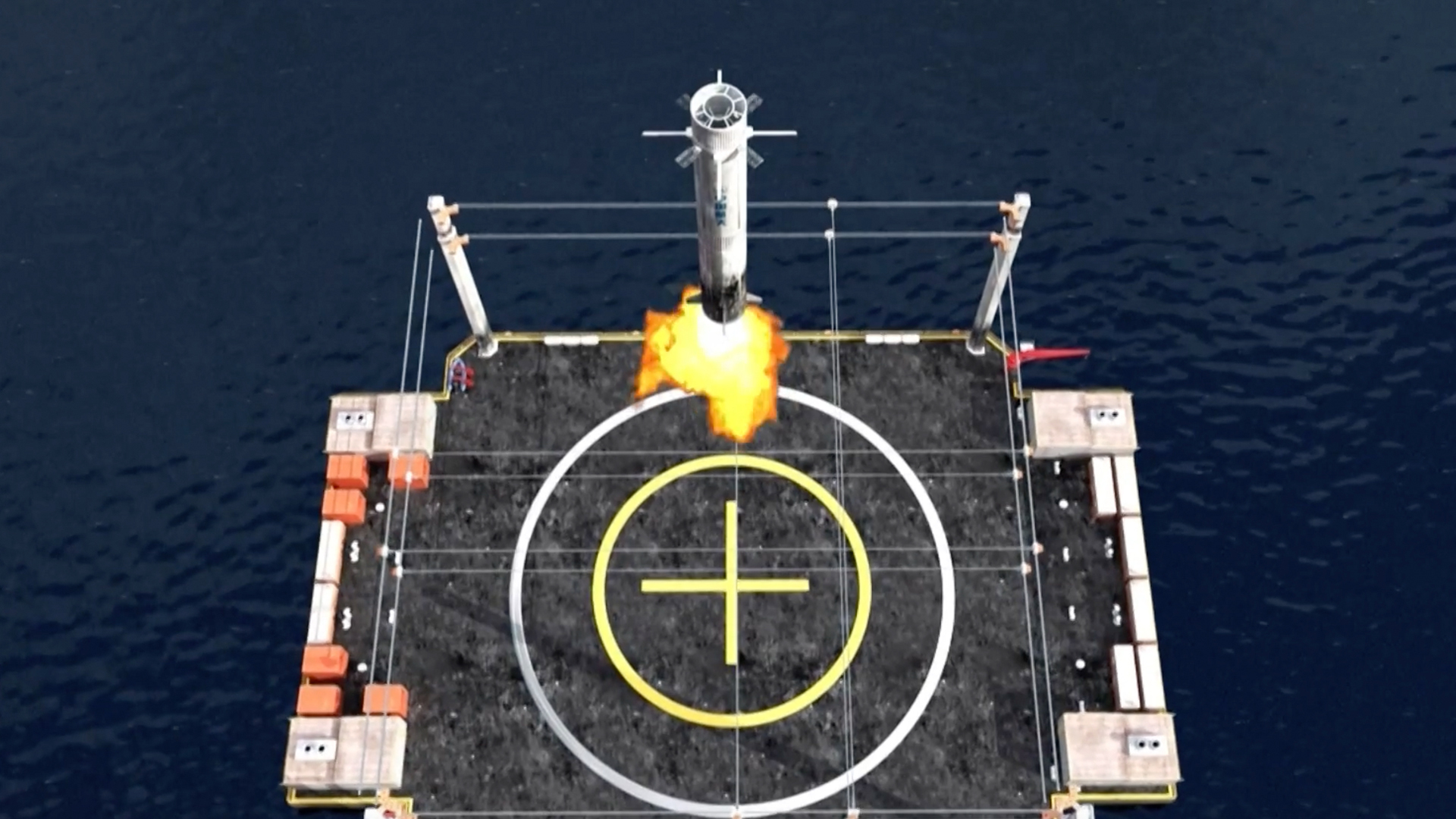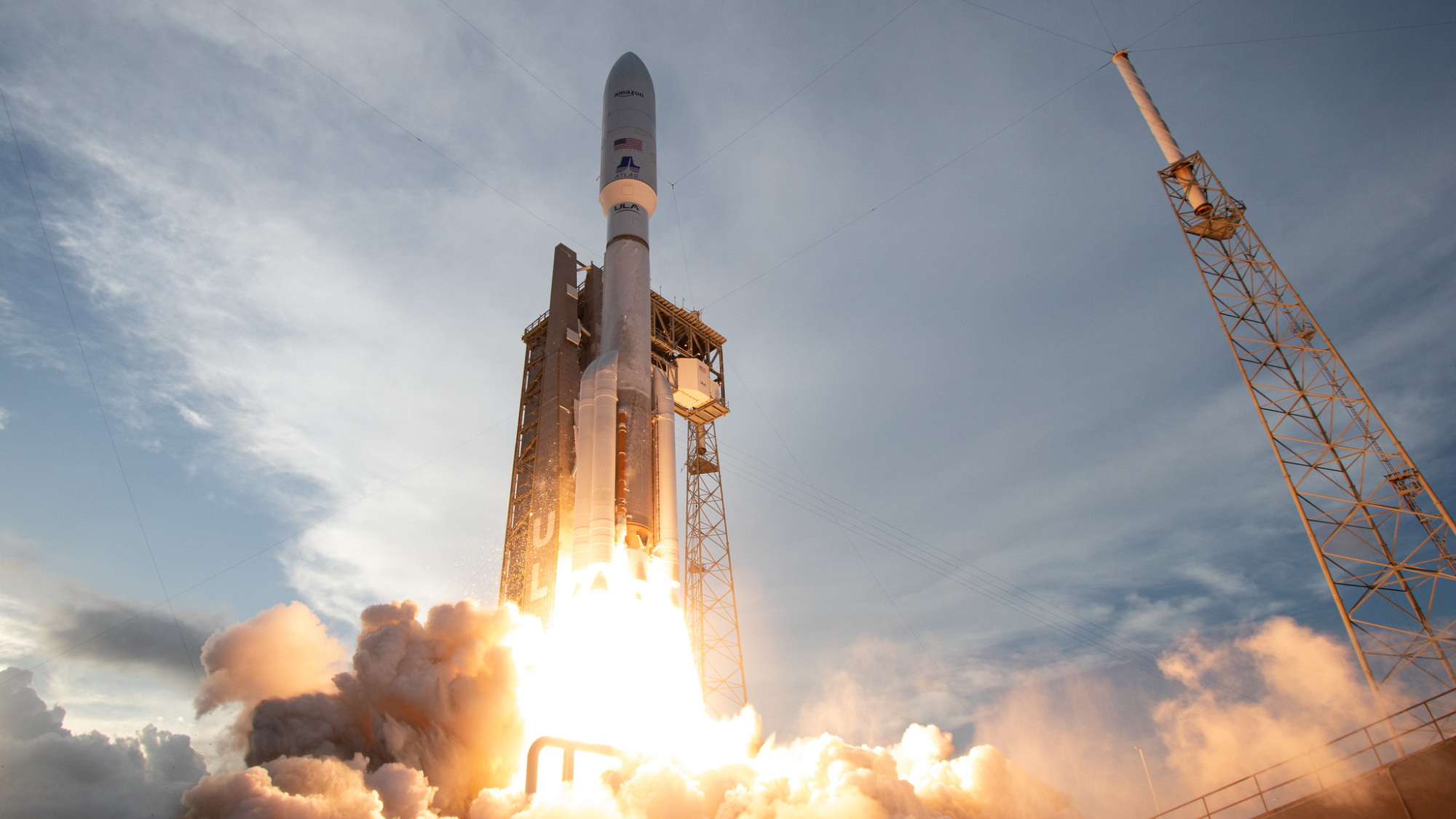China plans to catch its reusable rockets with constricting wires (video)
The country's main space contractor plans to start launching its reusable rockets in 2025 and 2026.
China wants to start reusing its rockets for space missions and aims to catch them using wires.
Reusable rockets are being developed by the China Aerospace Science and Technology Corporation (CASC), the country's state-owned main space contractor. CASC makes China's Long March rockets.
The space and defense giant aims to debut its first two reusable rockets in 2025 and 2026. These appear to be linked to China's lunar and human spaceflight plans.
Related: China will launch giant, reusable rockets next year to prep for human missions to the moon
While inspired by the overwhelming success of the SpaceX Falcon 9, China's approach will be slightly different. The rocket's first stage will still use variable-thrust engines to slow its descent, just like the Falcon 9. But instead of using landing legs, the rocket will deploy hooks near its top, which will be caught by tightwires.
A video released by state media China Central Television (CCTV) shows a human-rated rocket, the Long March 10, with the tell-tale, cross-shaped crew escape system on top, lifting off. Its core stage then demonstrates a reentry burn and guidance using grid fins.
Finally, the rocket stage guides itself, using retropropulsion, to a sea landing stage, where it is caught by the tightening wires as it descends.
Breaking space news, the latest updates on rocket launches, skywatching events and more!
CASC is far from the only group in China working on reusable rockets. Commercial firms including Landspace, CAS Space (backed by state-owned Chinese Academy of Sciences), Galactic Energy, iSpace and Deep Blue Aerospace are developing their own reusable rockets.

Andrew is a freelance space journalist with a focus on reporting on China's rapidly growing space sector. He began writing for Space.com in 2019 and writes for SpaceNews, IEEE Spectrum, National Geographic, Sky & Telescope, New Scientist and others. Andrew first caught the space bug when, as a youngster, he saw Voyager images of other worlds in our solar system for the first time. Away from space, Andrew enjoys trail running in the forests of Finland. You can follow him on Twitter @AJ_FI.

